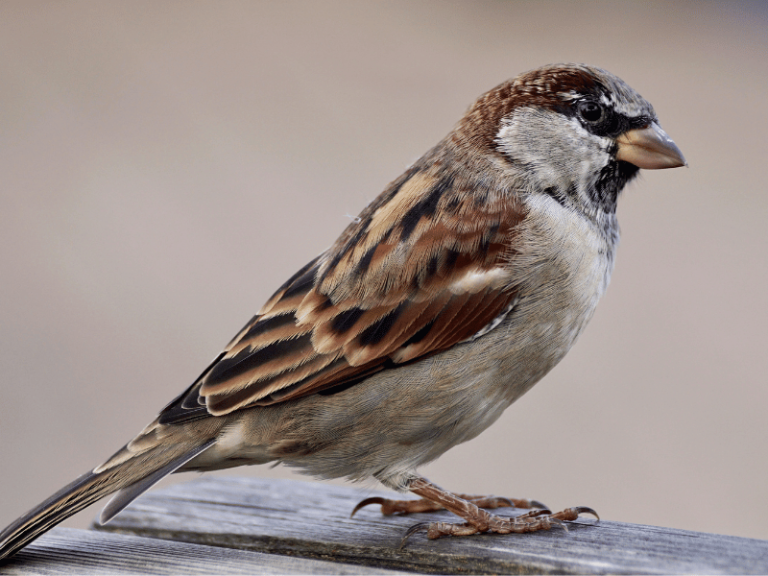The red sun sets, and night gradually covers the land. At this time, the birds that have been busy all day return to their nests; after a short period, the noisy forest becomes quiet. The sparrows we often see are no exception; once night falls, they disappear without a trace. Curious children, carrying flashlights, often go to peek into nests at dusk, only to find sparrows resting and dozing, not flying away when illuminated by the light.
Hmm, could it be that they can’t see at night? To answer this question, we need to first understand how we can see things. When light reflects off surrounding objects and enters the eye, it forms an image on the retina at the back of the eye. This image stimulates the sensory cells in the retina, causing them to become excited and transform the light stimulus into impulses, which are then transmitted to the brain via the optic nerve. After the brain analyzes these impulses, we can distinguish the different colors and shapes of objects. There are many sensory cells in the retina. Some cells require stronger light to become excited; these cells are called cone cells. Other cells function in dim light and can be damaged by strong light; these are called rod cells. The number of cone and rod cells varies among different animals. For example, the retina of a sparrow has only cone cells and few or no rod cells. Therefore, at night or in very dim light, the cone cells lose their function, and it’s no wonder they can’t see anything. Conversely, many nocturnal birds, such as owls, have many rod cells and no cone cells. During the day, they sit quietly on branches, staring with wide eyes but seeing nothing, while at dusk and night, they become very active. As for us, when we move from bright light to a dark place, we can’t see anything at first; but after a while, we can make out the faint shapes of objects. This is because our retinas have both cone cells and rod cells, and in the dark, the rod cells take over the function of the cone cells.
People have taken advantage of the fact that sparrows cannot see at night to catch them and reduce sparrow damage, often going to the woods or bamboo groves at night to capture them.

